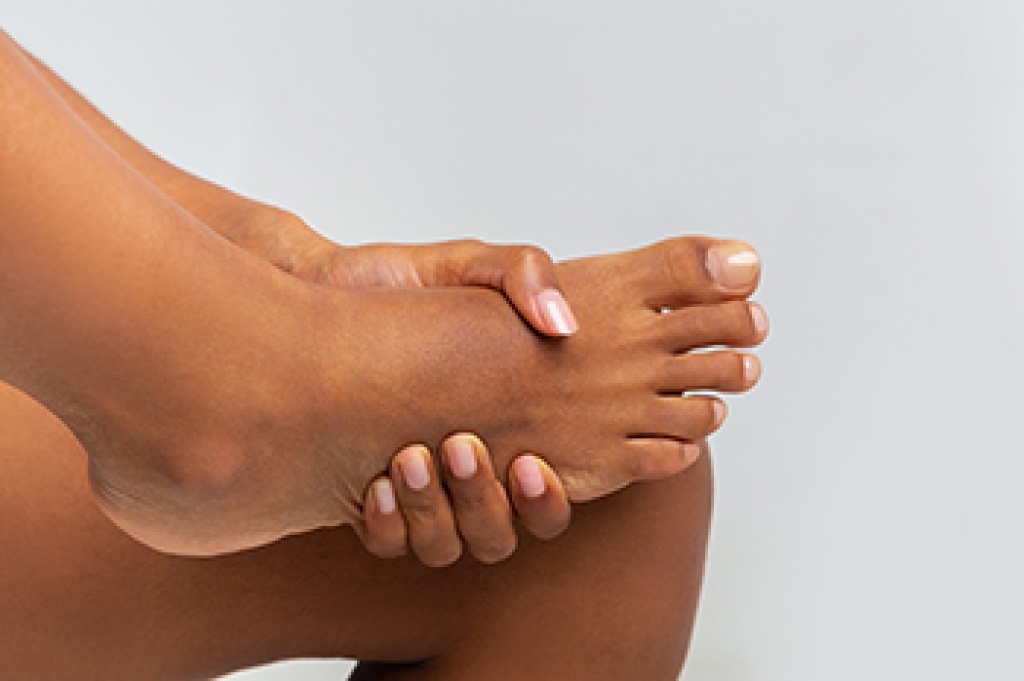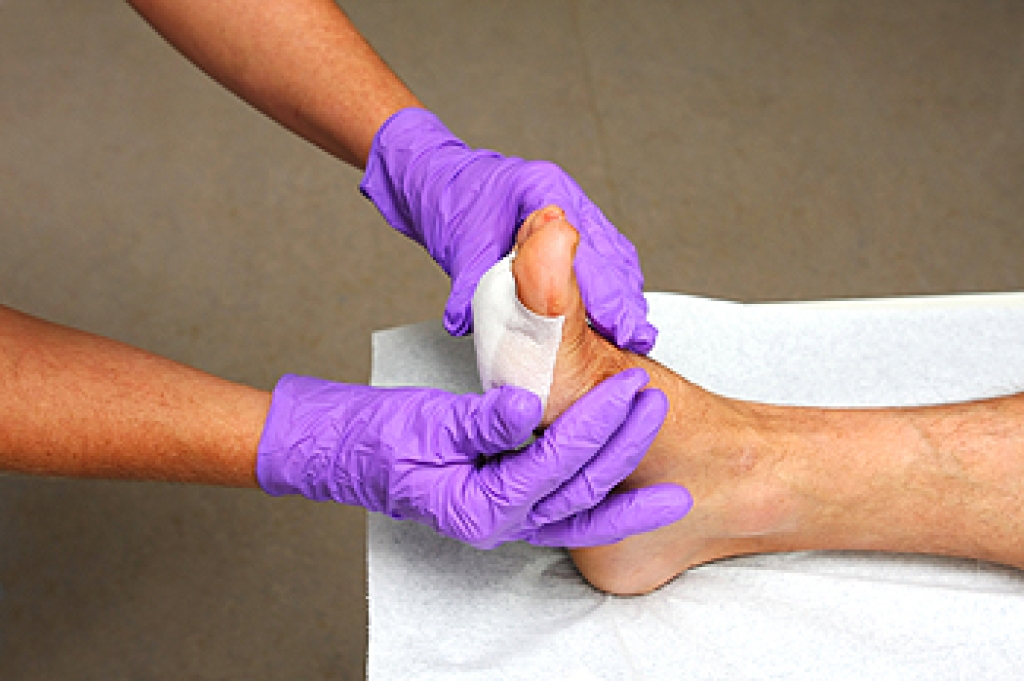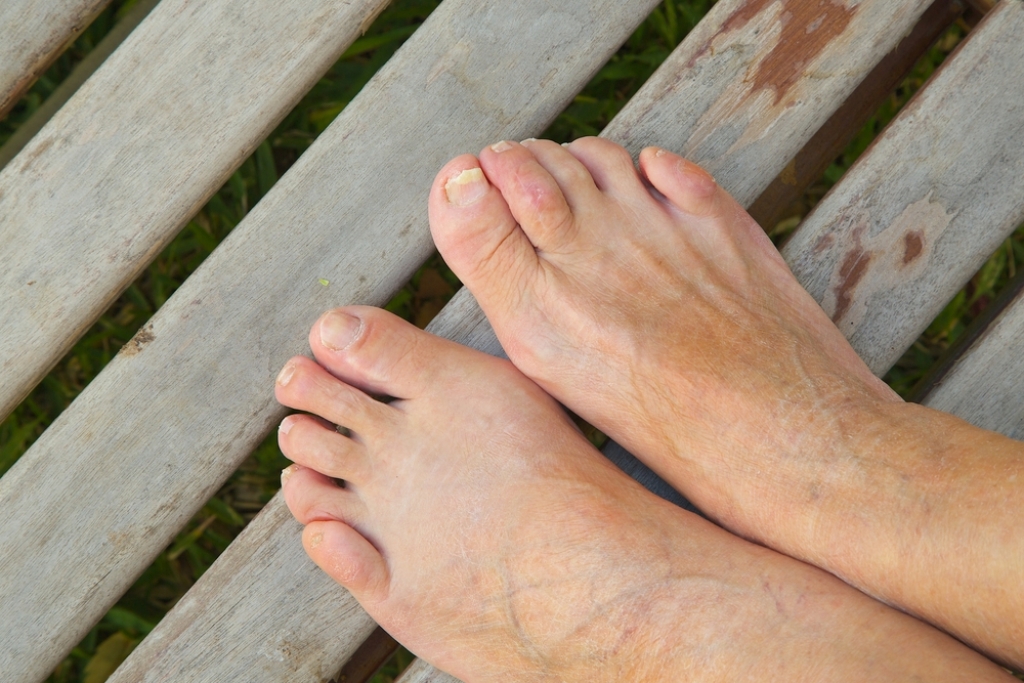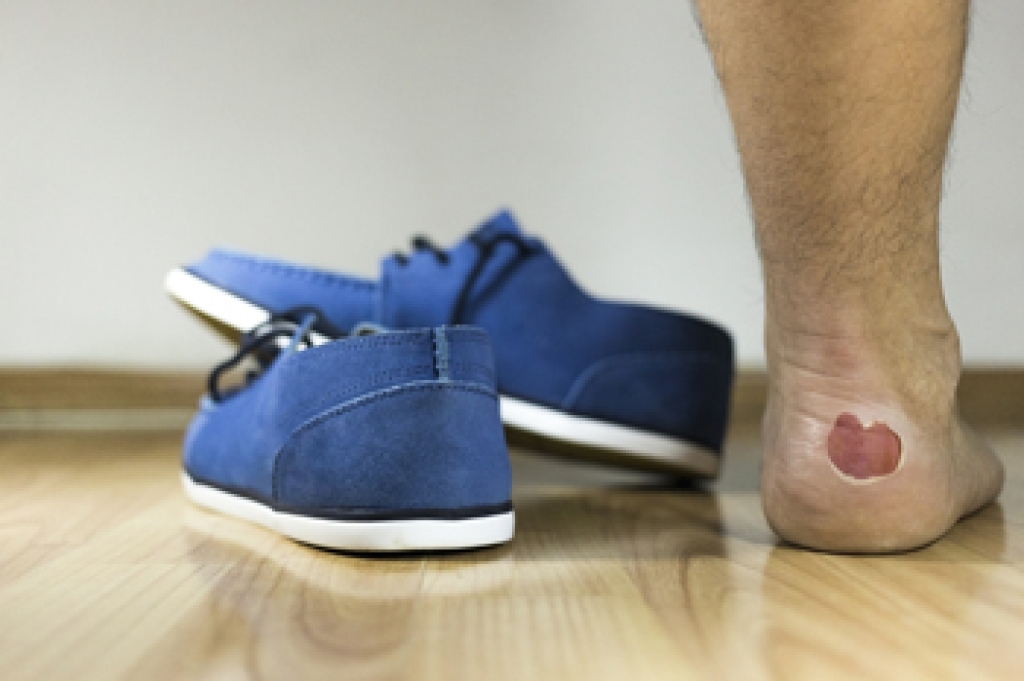
A midfoot sprain develops when the ligaments that support the arch are overstretched or torn during a sharp twist, fall, or sudden impact. Sports that demand quick direction changes, jumps, or landing on a flexed foot can strain the midfoot. Everyday slips where the foot bends awkwardly can also injure this area. Midfoot sprains cause pain through the arch, swelling, bruising, and difficulty in placing weight on the foot. The pain often increases when pushing off the toes or standing on uneven surfaces. Wearing shoes with inadequate support, especially flexible styles such as flip-flops, can place additional stress on the midfoot. A podiatrist can assess ligament damage, determine if a fracture is present, and discuss whether supportive care or surgery is needed as part of a treatment plan. If you have sustained a midfoot sprain, it is suggested that you make an appointment with a podiatrist for a diagnosis and treatment.
Foot Pain
Foot pain can be extremely painful and debilitating. If you have a foot pain, consult with one of our podiatrists from Florida. Our doctors will assess your condition and provide you with quality foot and ankle treatment.
Causes
Foot pain is a very broad condition that could be caused by one or more ailments. The most common include:
- Bunions
- Hammertoes
- Plantar Fasciitis
- Bone Spurs
- Corns
- Tarsal Tunnel Syndrome
- Ingrown Toenails
- Arthritis (such as Gout, Rheumatoid, and Osteoarthritis)
- Flat Feet
- Injury (from stress fractures, broken toe, foot, ankle, Achilles tendon ruptures, and sprains)
- And more
Diagnosis
To figure out the cause of foot pain, podiatrists utilize several different methods. This can range from simple visual inspections and sensation tests to X-rays and MRI scans. Prior medical history, family medical history, and any recent physical traumatic events will all be taken into consideration for a proper diagnosis.
Treatment
Treatment depends upon the cause of the foot pain. Whether it is resting, staying off the foot, or having surgery; podiatrists have a number of treatment options available for foot pain.
If you have any questions, please feel free to contact our offices located in North Miami, and Pembroke Pines, FL . We offer the newest diagnostic and treatment technologies for all your foot care needs.




